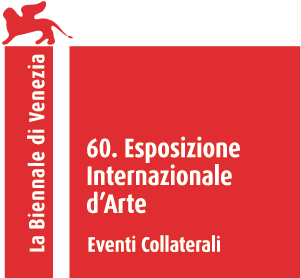Flat World
As images of landscapes rapidly evolve and perpetually surge forward along a straight road, the singular perspective and focal point remain constant. The viewer can subtly discern from the roads and the architecture, landscape, and text on road signs along the way that this journey seems to begin in cities, towns, the countryside, the seaside, or mountainscapes -- both known and unknown; then progresses into unidentified yet remarkably similar roadscapes in a perpetual forward motion.
Images from this work have been created using images exclusively from the Google Street View database. To enhance image quality and streamline automation, the process involved registration and payment for the service, supplemented by a custom-developed software engineered to automatically download Street View images along a designated route and construct dynamic hyper-lapse sequences along these roadways. The software applies multiple filters and data constraints, such as the focal point and perspective, to ensure a cohesive visual narrative with a consistent focal point and perspective across streetscapes, even as the viewpoint transitions through different locales. The curation of streetscapes begins with quintessential Taiwanese vistas, such as cities, villages, mountain and coastal regions, and then similar street views around the world are identified using AI and rigorous manual research to create a seamlessly looped and perpetually advancing panorama.
Historically, were tools that blended imagination, folklore, and mathematics to guide our understanding of the world. However, over the past 30 years, the concept of maps has undergone significant evolution. With the launch of Google Maps in 2005 and subsequently Google Street View in 2007, the way we navigate our world has been transformed. These interactive maps integrate technology, power, globalization, capitalism, and even militarism. In “The Age of Surveillance Capitalism,” Shoshana Zuboff’s mentions that the objective of surveillance capitalists extends beyond mere mapmaking to the manipulation of populations, particularly as individual lives become indistinguishable from street view services. The book mentions cartography historian John B. Harley’s declaration that “maps create empires.” Cartographers are agents of power and a rchitects of order. They delineating the world into two categories: charted territories and uncharted wilderness.
Accessing Google Maps’ Street View elicits a paradoxical sensation of both remoteness and immediacy. One can instantaneously jump from the Arctic to the Antarctic. In this digital cartographic space, physical distances become obsolete, replaced by a leap from one point to another. With this acceleration, distances between points are erased, and legends and imagination also vanish. Consequently, the world is not merely flattened; it is compressed into a single point. This work endeavors to reclaim this lost distance from point to point. It evolves from the traditional real-life road movie, to a new genre of web-computed road movie interpreted using 21st-century internet, breaking away from traditional hand-made visual works. Ostensibly similar road images from different nations are seamlessly connected to create a global panorama, rendering street views from around the world into a “Flat World” in the borderless (globalized) internet.


